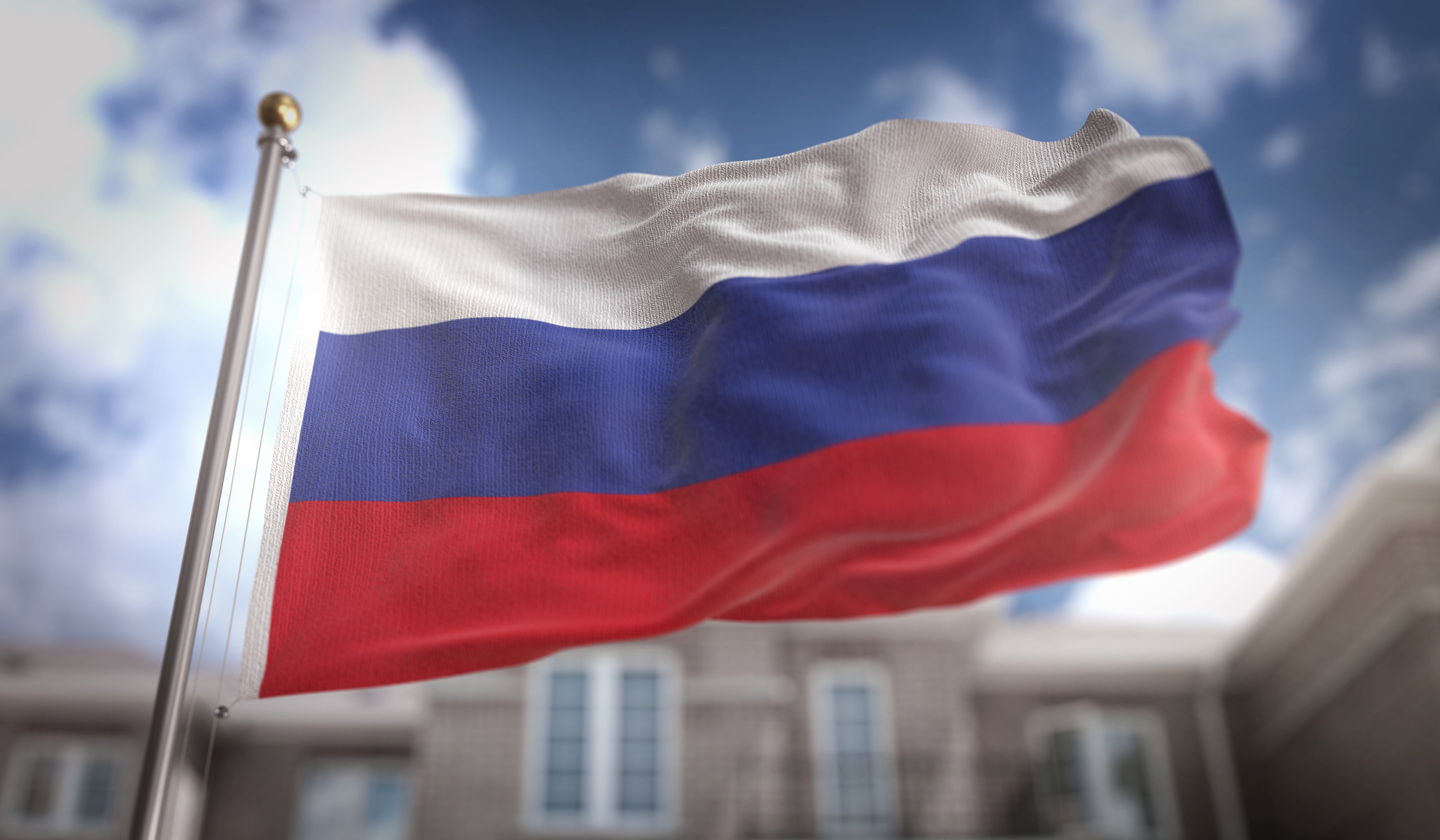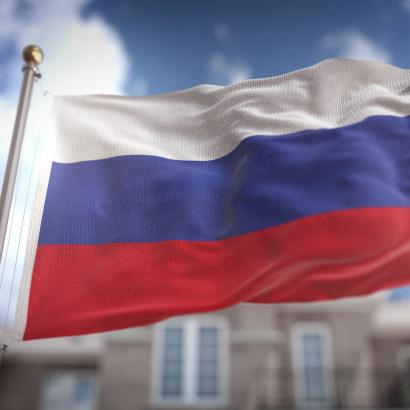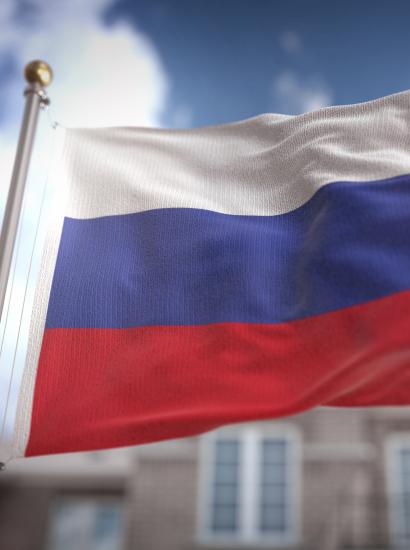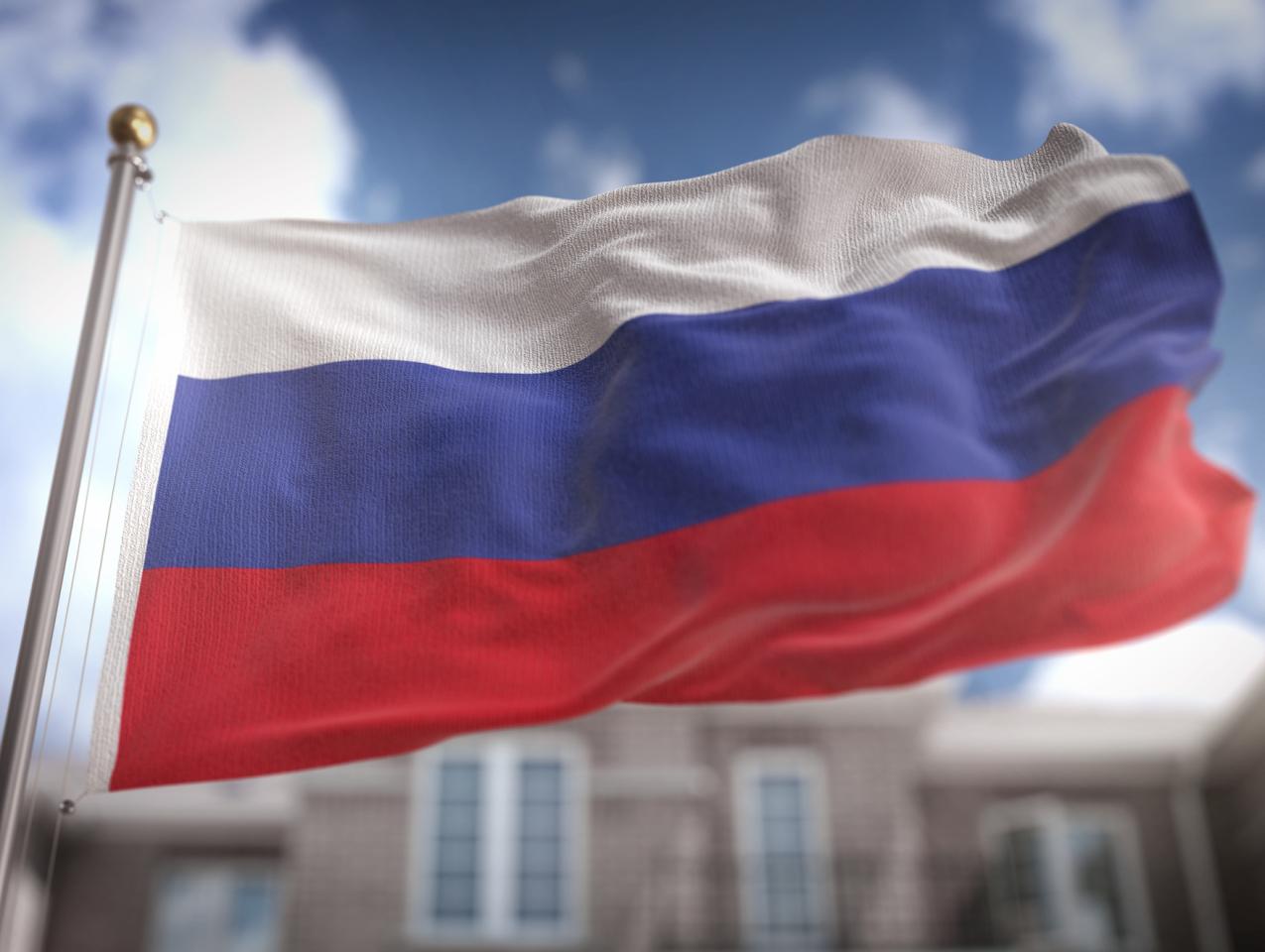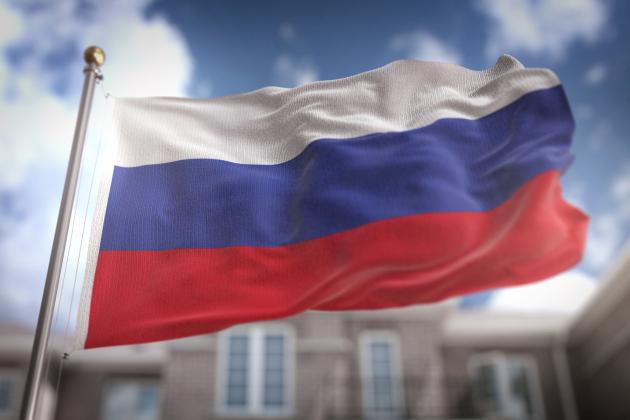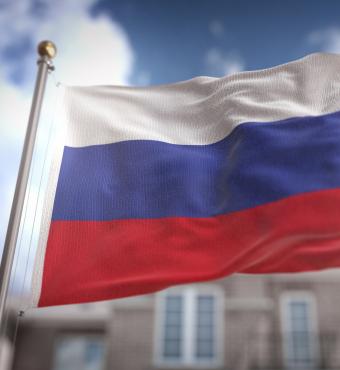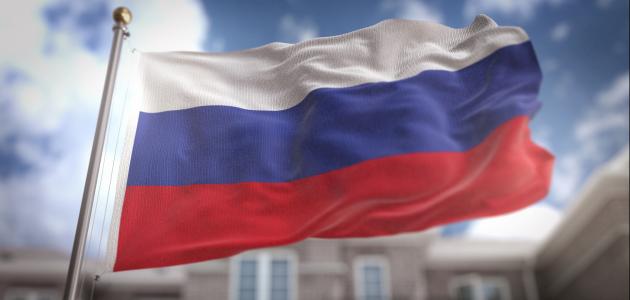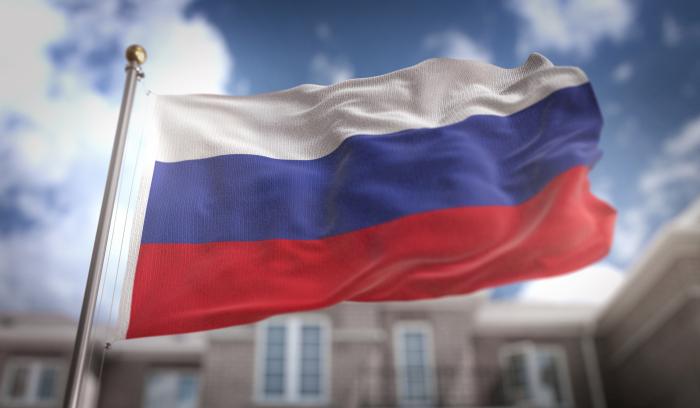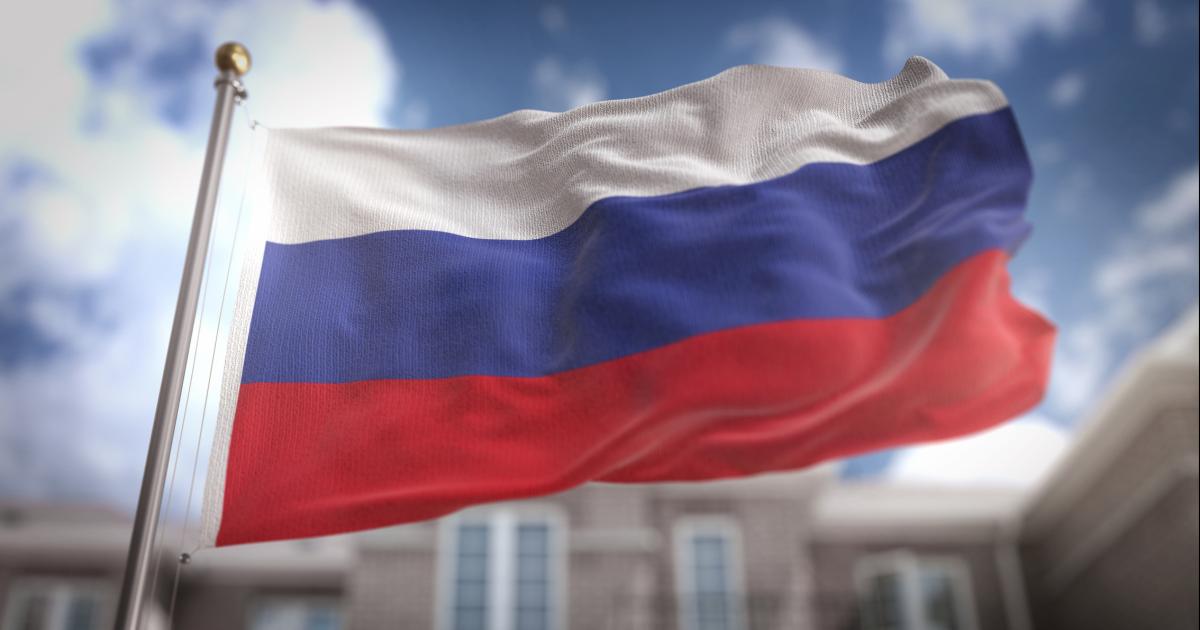- History
Both the nature and the membership of NATO is very much up in the air. As few as five years ago, the sense of fracturing within NATO was palpable. There were geographic divisions along both north and south, and east and west axes, with each region viewing both the nature and the mission of NATO differently. I organized a wargame in 2016 with my colleague Julianne Smith at the Center for a New American Security in which NATO Council members had real difficulties reaching consensus on a Russian incursion of a Baltic, hence NATO, state.
Today NATO has been much more united in its response to Russia’s invasion of Ukraine, a non-NATO country. It has decried Russia’s actions, imposed limited economic sanctions, and sent increasing levels of military and humanitarian aid to Ukraine. Still, the evolutionary process of Europe’s security policy has been slow. Poland and the Baltic nations have been aggressive in their public statements. Germany, which had the most dependence upon Russian energy and Chinese markets, has been reticent to engage strongly with military support, including sending tanks as promised, due to perceived conflicts with its long-term economic interests. France, which views itself as the political center of Europe, has been eager to proceed with peace talks that would include Ukraine ceding portions of its territory. Not unsurprisingly, eastern Europe, to including Ukraine, have not wanted to follow its “lead.”
Still, there is an overall sense that Europe once again understands where its threat-axispoints, to the east, and at last sees Putin and Russia as its foremost adversary on the Eurasian continent. Defense spending has, at last, begun to climb throughout NATO’s membership, nearly a decade after the entire membership had made a pledge to meet the 2% of GDP defense budget commitment that had been agreed upon at the Wales Summit in 2014, to meet the continent’s minimal security requirements. While there is still a strong need for coordination in both military planning and procurement strategies, the trend is positive. Putin, who once evidenced a strategy of fracturing NATO, has in fact brought it together in a manner not seen since the fall of the Soviet Union, which he views as the greatest cataclysm in human history. It is ironic that the current cataclysm visited upon Russia is self-inflicted.
Regarding membership in NATO, it is now the most desired club on the Eurasian continent. Ukraine has always, and still desires, to become a member. Both Sweden and Finland, reticent members of the EU who could never quire bring themselves to join the alliance, now desire to come into the other council located in Brussels. Of course, Turkey, the non-European, and, to a degree, non-Western NATO member, is holding up Sweden’s application as a bargaining chip to get NATO to turn a blind eye while Turkey’s increasingly authoritarian leader Erdoğan commits genocide against the Kurds in his own country as well as Syria and Iraq. It is doubtful that he will succeed in anything other than raising more questions about whether Turkey, especially under his leadership, should remain in the alliance. Time and the upcoming election will tell whether Erdoğan gives way or finds himself facing pushback from his people and elites.
Regardless, the alliance is stronger today because of Putin’s action than it was before the invasion.







